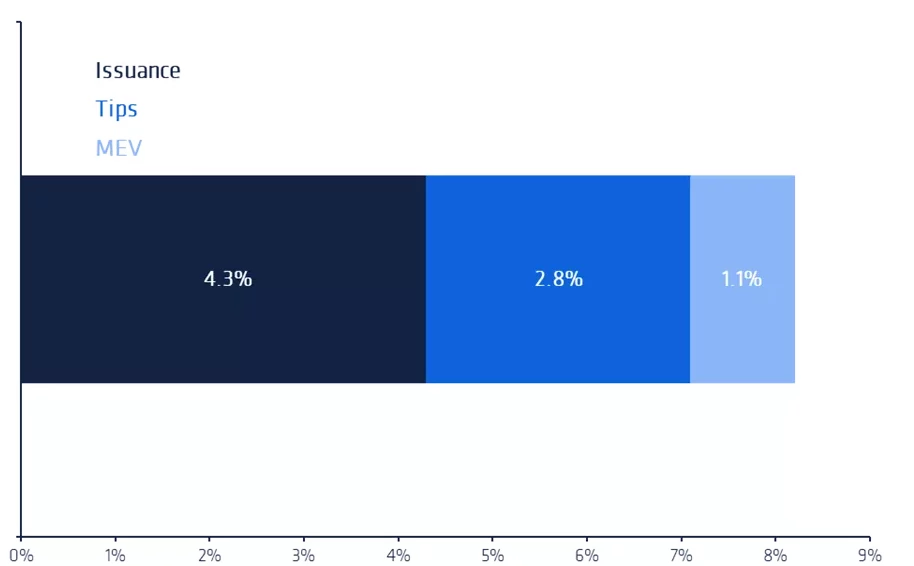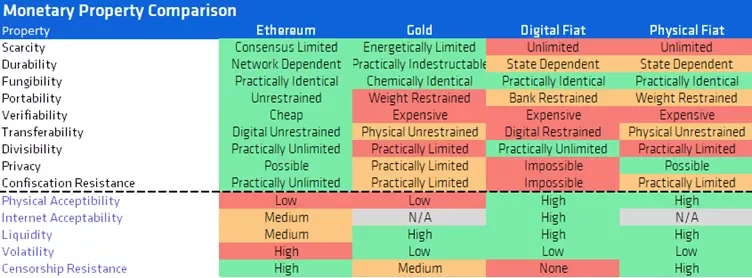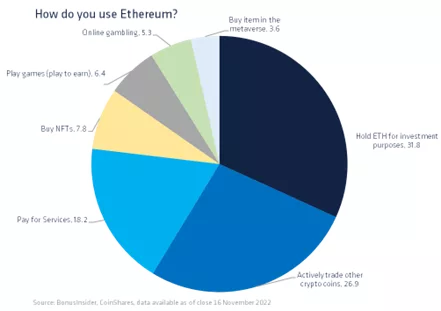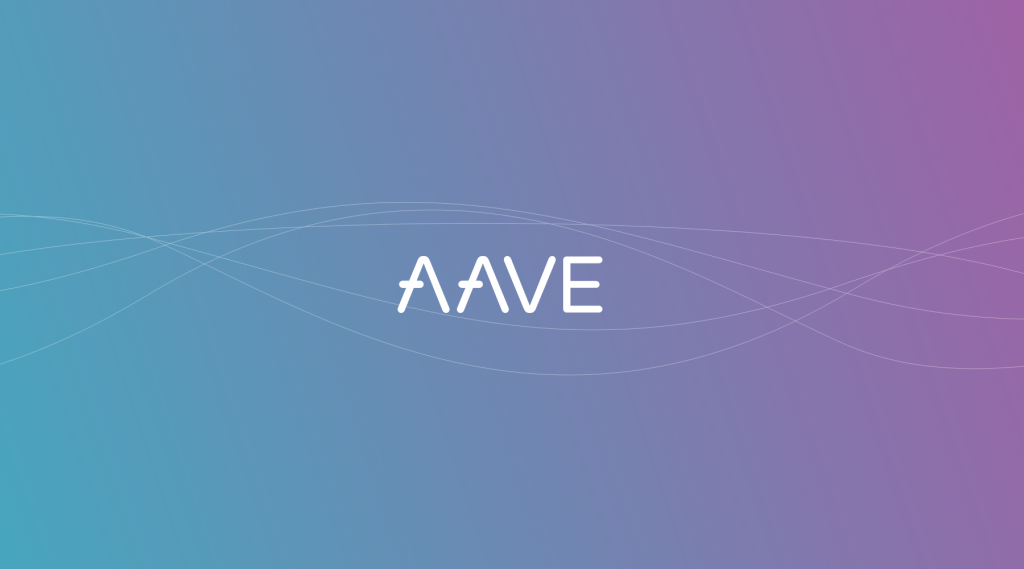Bitcoin and Ethereum are often compared to each other, but they have significant differences. Bitcoin is a currency, while Ethereum is a platform for decentralized applications. For this reason, it is important to look at Ethereum's unique features and use cases.
Ethereum is a decentralized, open-source blockchain platform that allows developers to create decentralized applications (dApps). The network was launched in 2015 and has become the most popular blockchain platform for creating smart contracts. Ethereum uses its own cryptocurrency, Ether (ETH), as payment for transactions and as an incentive for developers to build on the network.
Differentiating Ethereum from Bitcoin
It is important to understand the key differences between Bitcoin (BTC) and Ethereum (ETH). There are many misconceptions about their similarities, often being incorrectly lumped together under the moniker of “crypto”. Bitcoin being a form of money, should be valued via a monetary demand model, while we believe Ethereum should be valued differently, assigning a level of utility demand.

Ethereum desires to be a platform that hosts decentralised applications enabling developers to programmatically control digital value. Unlike Bitcoin, Ethereum is designed to be an all-purpose blockchain that’s flexible in order to provide support for many types of user interactions. Rather than a specific monetary use, ETH (ether), the native Ethereum asset, has utility in executing programmes and transactions of arbitrary complexity.
On the Ethereum platform, a generalised approach enables users to define their interactions through a programming language built for complexity. In effect, Ethereum allows users to run any conceivable code for execution on its distributed network of computers, allowing for elaborate financial transactions and customisable, user-issued digital assets. To perform these interactions, users pay per execution in Ethereum’s native currency, ether.
The encoded agreements between users on the Ethereum platform are called smart contracts, vastly exceeding that of Bitcoin’s smart contract capability, which optimises for robustness and simplicity instead of flexibility. Whereas Bitcoin can run simple non-recursive smart contracts, Ethereum is quasi-Turing-complete, which means that it can run almost any contract of arbitrary complexity, enabling broader functionality. Its smart contract capabilities hold the Ethereum environment together, encouraging creativity and attracting a large community of developers.
Ethereum’s use case
The use of Ethereum can be understood in theory, as there are many current large computing networks out there, such as Amazon Web Services (AWS). AWS we know is for remote computing, storage, managing website infrastructure, identity management and many others. Ethereum differs from AWS in a few ways.
- It is permissionless, meaning that anyone with ETH can interact with the network without intermediaries.
- It is open source, which allows developers around the world to view and even change the underlying code if accepted by the majority.
- It is composable which allows applications to be built on top of one another like lego blocks and increases the use cases of the network
- It is decentralised as it is distributed amongst thousands of different privately owned computers and this upholds the credible neutrality of the network
- It has its own native currency, ETH which is used to pay for the actual work requested by the user.
Each of these properties on their own do not make the network valuable but rather the combination of these attributes. Users and developers can operate on a network with no fear of a centralised entity changing the rules as we’ve seen in the past with Facebook and Twitter, which has destroyed businesses overnight. The distributed nature of the Ethereum nodes also strengthens the security of the network as there is no single point of failure.
Since Ethereum underwent the Merge, a survey has been undertaken of 1,225 users to understand what it is currently being used for. The results highlight that it is quite different to AWS at present, being primarily used for investments, staking, DeFi, paying for services, gaming and NFTs. Encouragingly Ethereum has quite a diverse range of uses, from DeFi and NFTs to Identity and Gaming. Having a diverse set of income streams makes the network more resilient to cyclical changes in market conditions.
Strong trust into the network during weak periods
Conceptually, we know Ethereum and Bitcoin are quite different, although from a historical price perspective this hasn’t always been the case. Like most assets within the crypto world, they are highly correlated to each other, we believe this is due to it being a young asset class. This is now only garnering the attention of corporate analysts and therefore, greater potential distinction between their fundamental price drivers. So far, the correlation between ETH and BTC has averaged 78% since 2018, ranging from 50% during periods of price strength rising to 90% during bear market periods, as is currently the case. It suggests investors tend to be much less discerning during periods of weakness, as is seen between equity sectors during bear markets.

Ether has had a lower correlation to the Nasdaq since 2018, averaging 16% versus 23% for bitcoin. We believe the correlation for Ether against the Nasdaq will rise to above that of bitcoin over time as investors grasp its complexities and understand that conceptually it has far greater similarities to that of tech companies than bitcoin. It is after all a decentralised world computer service but with a currency rolled into it.
Ether has also been likened to digital oil, that fuels the blockchain protocol layer, on top of which decentralised applications using their own tokens can be built - this further rationalises why it should conceptually be likened to technology equities.
Burning rate
Blockchains, quite simply, sell blockspace. Each blockchain has a methodology for pricing transactions that are included in blocks and the aggregate value of these blocks is known as Total Network Fees. Viewing the Ethereum ecosystem as a marketplace for digital assets (blockspace), similar to that of Amazon (for physical assets), we begin to form a valuation framework for the network.
Total Network Fees (the sum value of the blockspace) are akin to the Gross Merchandise Volume (GMV), usually referring to the total value of merchandise sold over a given period of time on a platform. This is the value of transaction fees on the blockchain (value of the blockspace sold) over a fixed period of time. Other models view Network Fees as revenue, but since these fees are paid to the network’s validators and not to the network itself, this is a flawed view.

Instead, similar to Amazon’s take rate (a percentage of each transaction that flows to Amazon), Ethereum has its own take rate - the burn rate. On average, around 85% of transaction fees on the Ethereum network are burned (the remaining 15% flows to the validators). This take rate is much higher than that of Amazon which usually ranges from 6% to 45%. If the transaction fees weren’t burned and instead sent to the Ethereum foundation it would clearly be seen as revenue. However, instead, the fees are destroyed which effectively means that 100% of Ethereum’s revenue is used to take ETH off the market, similar to share buybacks. This way all ETH holders benefit in a similar way to shareholders of companies that periodically perform share buybacks except the buybacks are programmatically determined as opposed to a top down decision. Hence, it is clear that the number of coins burned is equivalent to the network’s revenue.
Maintaining the networks security
The production and protection of the blockspace does not come for free, the network must pay out rewards to validators of the network to maintain liveness, order and security. These validators incur costs such as capital requirements for the machinery and the stake as well as ongoing energy costs. Validators also take on technical and crypto-economic risks and need to be compensated for this as well. The network typically pays for these costs from block subsidies which are predetermined rewards for producing a block. As we have revenue and costs, we can calculate profit as the amount of burned coins minus the issuance costs.
Ethereum started generating revenue (burning coins) in August 2021. If we annualise the Ether burned so far to one year, Ethereum burns 2.17 million ETH per year. Under Proof of Stake, Ethereum is currently spending 0.6 million ETH per year (significantly less than before when it was under Proof of Work). This gives Ethereum a net gain of 1.56 million ETH (about $2.55 billion). Based on this framework model, we show the profit margins of the leading blockchains below.

It should be noted that Ethereum is at a later stage in the cycle. Thanks to its first-mover advantage, higher incentives early on and network effects, Ethereum is a much more mature platform than its competitors.
Ether as a tech yielding asset
Perhaps one of the most unique features of Ether is that it is a digital asset that has a yield. Other digital assets have yields, which are typically funded through inflation of the total asset supply. This approach is adequate when wanting to attract investors but as highlighted previously, is not sustainable for the long term. Ether is almost unique as a digital asset in that it funds its yield through three sources
- Inflation which is programmatically determined based on the number of validators staking
- Priority fees which are extra tips that the users pay to have their transaction included faster
- Maximal Extractable Value (ME) which is the profit earned from the reordering of transactions.
Below we show the breakdown of Ethereum’s 8.2% yield as of November 2022.

Given recent interest rate hikes, Ether as a yielding asset has much tougher competition now, while its yield is much higher the US treasuries at present, it has a lower yield than US High Yield bonds While there is significant risk in ether, due to its volatility, this is compensated for as its yield is more than double that of its closest relative, technology equities.
ETH as a monetary asset
The last pillar of ETH’s valuation comes from its monetary premium as ETH inherently possesses many of the characteristics needed for strong money as highlighted below. ETH is clearly superior from a verifiability, transferability and privacy perspective but currently falls short when it comes to acceptability, volatility and liquidity. However, the characteristics that ETH lacks have been steadily improving over time.

When examining ETH’s usage as a payment over the last six months, we see below that the Ethereum network settles an average of $8.2bn per day in ETH. This is below networks such as Visa and Mastercard but unlike the two payment giants, once a payment is sent it is final, no need for a separate settlement layer which leads to delays and increased costs. Furthermore, the processed values on the payment giants include over 160 different currencies while the ~$8bn figure corresponds solely to ETH. If stablecoins were included, Ethereum is on par with the duopoly.





